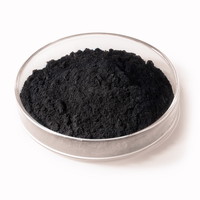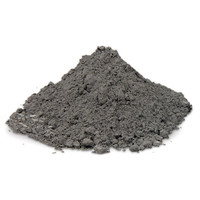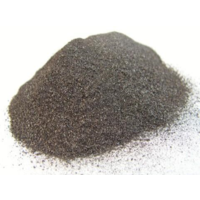You have no items in your shopping cart
Silicon crystals 99.9%
- Buy 2 and save 5%
- Buy 6 and save 10%
Silicon is a chemical element with the symbol Si and the atomic number 14. It is in the 4th main group (carbon group), or the 14th IUPAC group, and the 3rd period of the Periodic Table of the Elements. In terms of mass fraction, it is the second most abundant element in the earth's shell after oxygen.
Silicon is a classic metalloid, so it has properties of both metals and non-metals and is an elemental semiconductor. Pure, elemental silicon has a gray-black color and has a typically metallic, often bronze to bluish sheen.
Silicon is extremely important for electronics and will also be used to define the kilogram in isotopically pure form from 2018 to 2019. Elemental silicon is not toxic to the human body, but silicon is important to humans in bonded silicate form. The human body contains about 20 mg/kg body weight of silicon; weight decreases with age.
In 1947, John Bardeen, Walter Brattain and William Shockley discovered the adjustable electrical resistance, the transistor, initially on a single crystal of germanium. It was only later that the connection-friendly silicon could be isolated in the purity required for electronic purposes. In 1958, Robert Noyce of Fairchild and Jack S. Kilby of Texas Instruments independently developed the integrated circuit (IC) on a silicon chip. Since about 1970, silicon has been the base material of most products in the semiconductor industry and the base material for many sensors and other micromechanical systems (eg lever arm in an atomic force microscope). Silicon is also the basic component of most solar cells.
In November 2005, the first promising test results with silicon lasers were reported.
Because silicon expands when it solidifies while most materials shrink, it is alloyed with many foundry alloys. Cast iron, for example, always contains about 2% Si. In particular aluminum-silicon alloys, in which the Si content can be as high as 20%, are important. This is the main type of all aluminum casting materials.
Because silicon is flexible and non-magnetic, the balance springs in some wristwatches are made of silicon.
Technical data:
Formula: Si
Molar weight: 28.09 g/mol
Density: 2.33
Melting point: 1410 C
Boiling point: 2355 C
CAS: 7440-21-3




